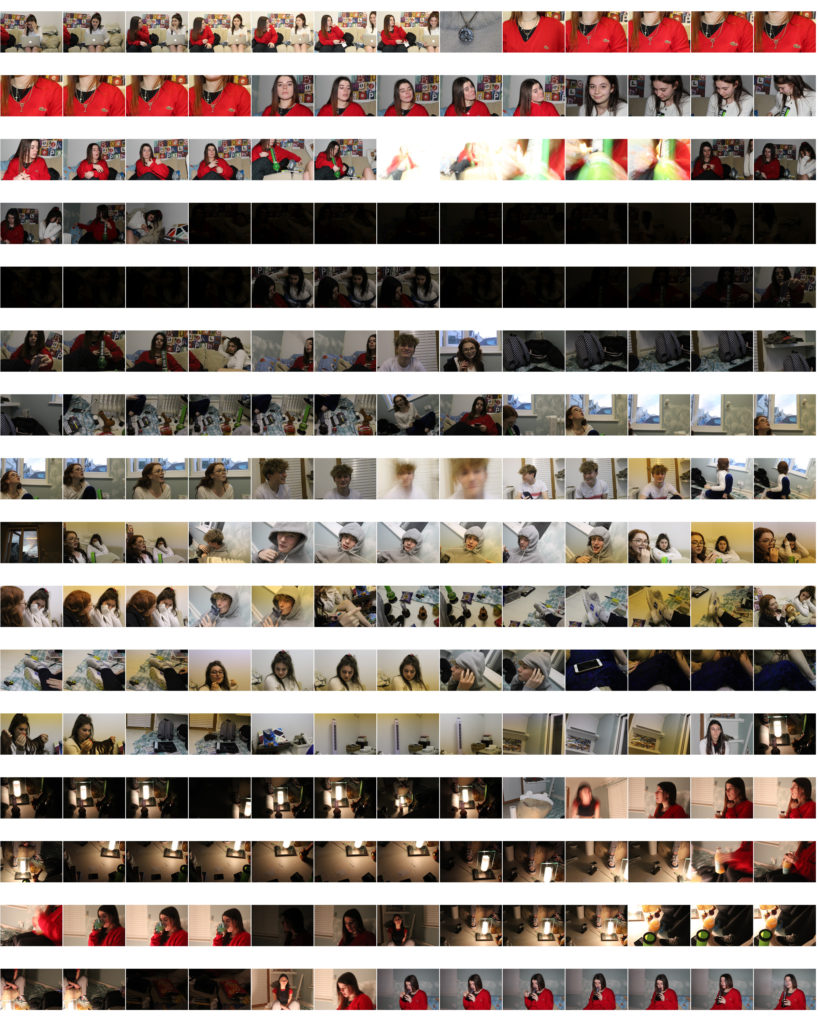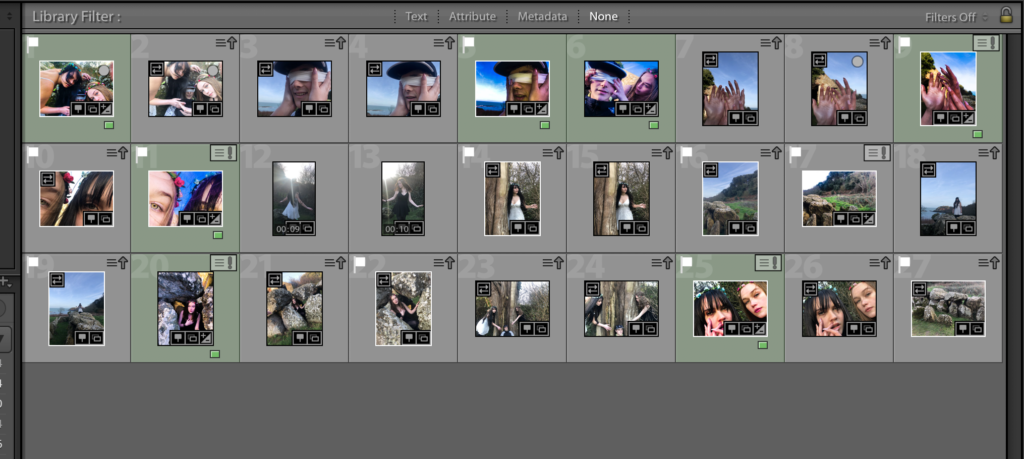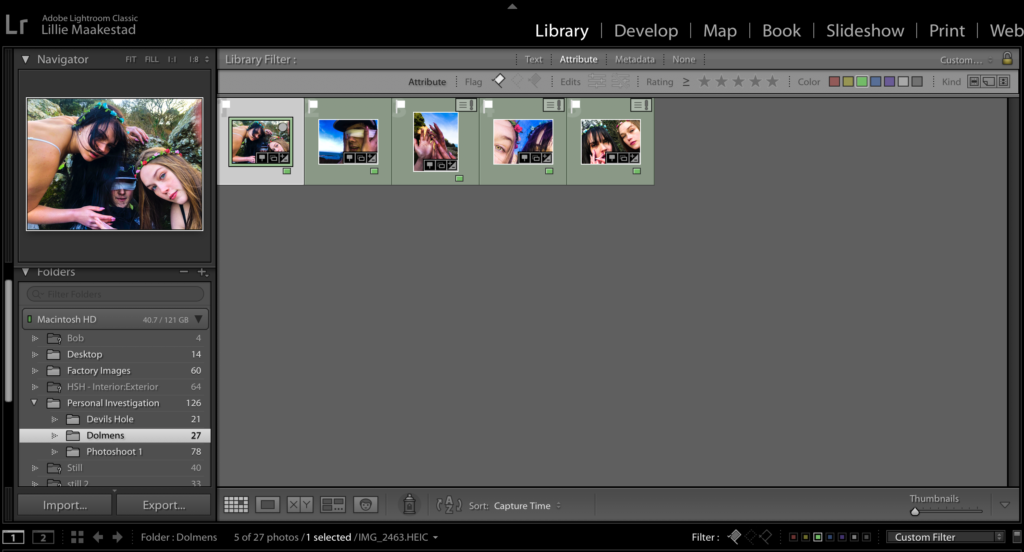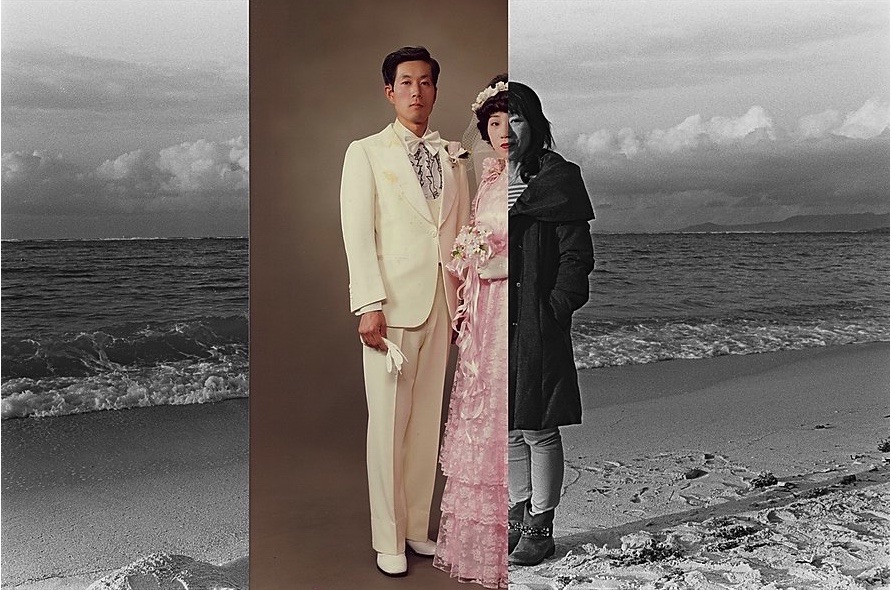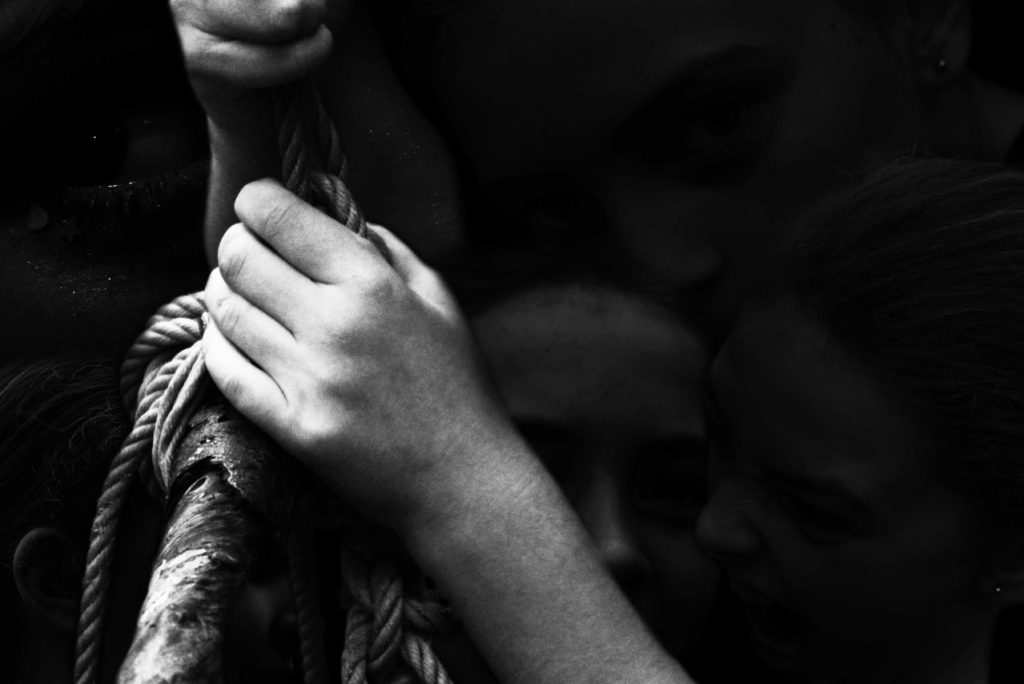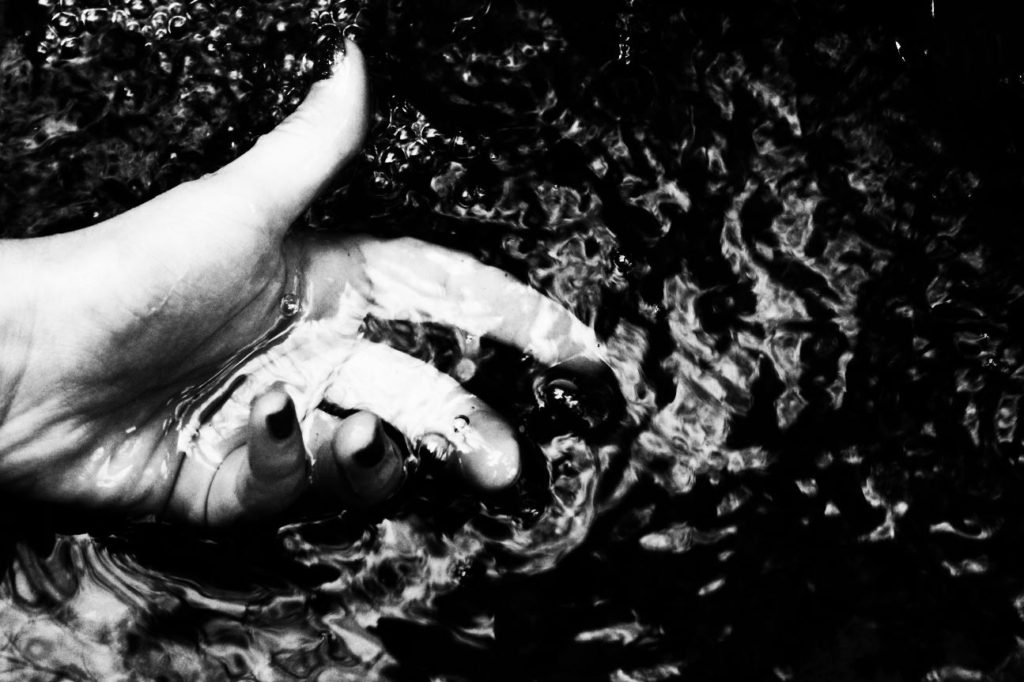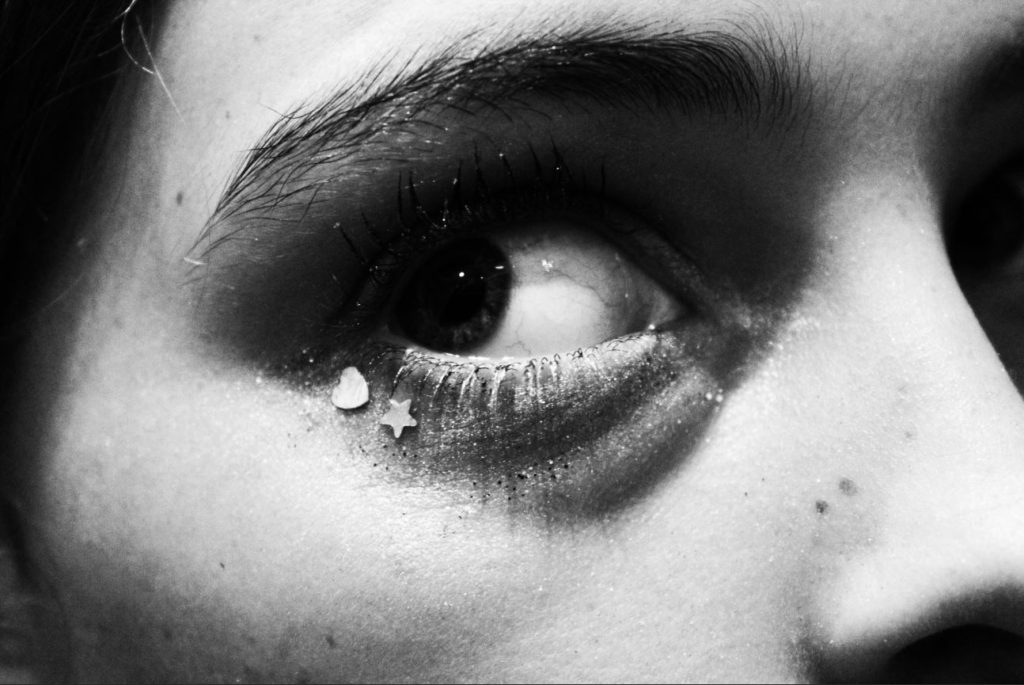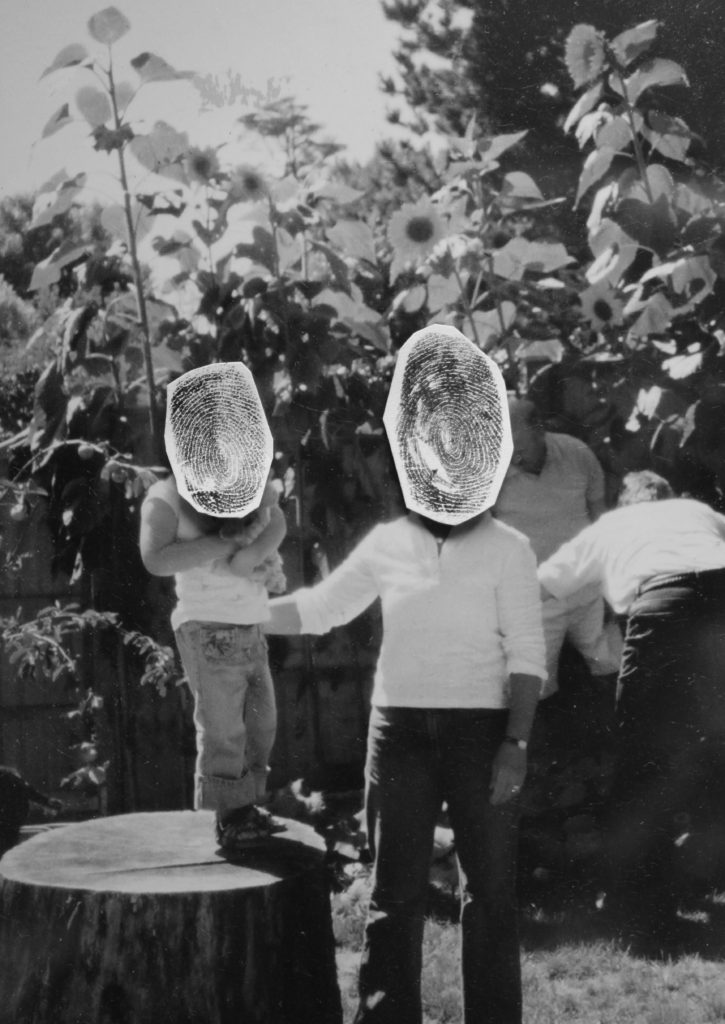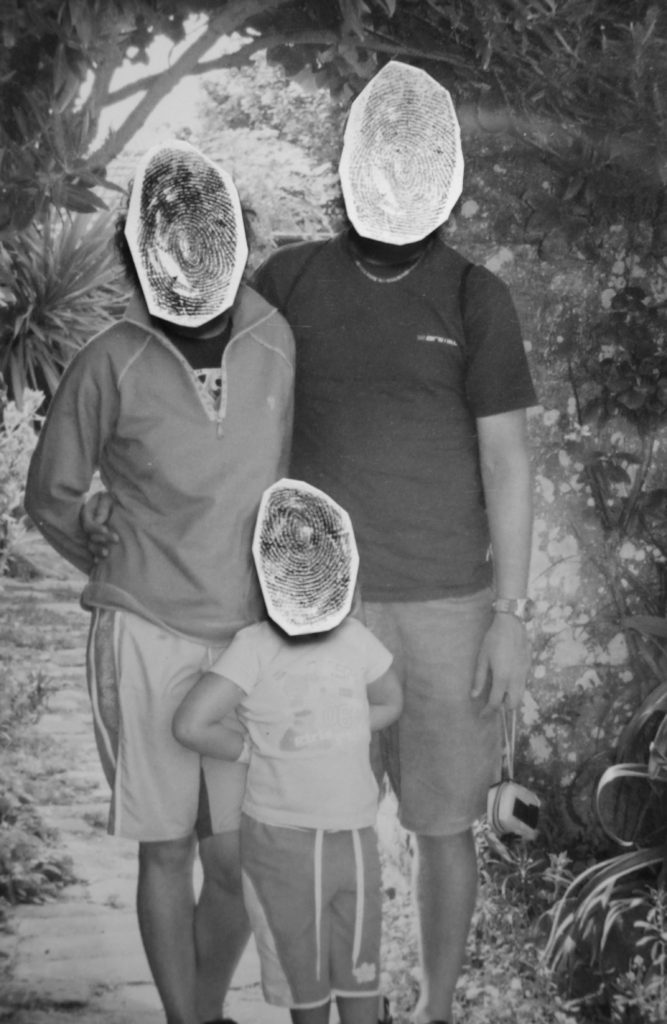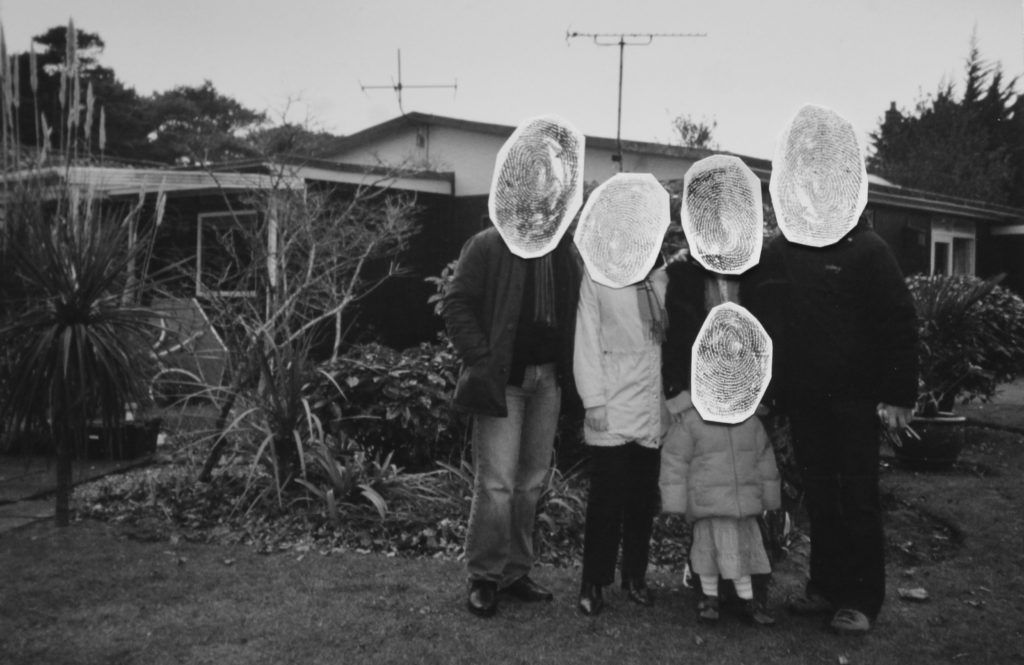Add Essay questions
Opening quote
INTRODUCTION
In order to approach my personal study, I will be focusing on 3 main concepts, the housing crisis, nostalgia and control. A topic which I am highly interested in and am willing to explore is the housing crisis which affects a large population of Jersey, not only the immigrants but young people and the elderly all face institutional discrimination which makes it extremely difficult to get on the property ladder or be able to find housing in Jersey. There is an extreme lack of affordable housing for low income families and young people alike, who start out on the bottom earning minimum wage at the start of their careers. With the use of film, an older method of photography, I am hoping to capture images that capture a nostalgic and reminiscing feel. The fuzziness and grain which can be captured using this flash provokes ideas of the old and outdated, much like the housing in Jersey, lacking houses and slats which are safe and regulated for people to live in.
A prominent photographer which links to my area of study is Nick Hedges, photographing and recording of social housing in post WW2 Britain in the 60’s and 70’s. Mikhael Subotzky is also a photographer who closely ties in with the topics which I will be tackling, taking striking images of a high rise, low cost housing in the heart of South Africa. Using both candid photography and the surrealism of the architecture of the building, creating a photo book tackling the subject. The themes and subjects which both these photographers tackle closely tie in with the overall focus of my personal project, taking a documentary style, biographical approach to their work.
In order to respond to my personal study I will be employing the use of both a film camera and digital camera. As I will be using the theme of nostalgia, the use of a film camera will be an effective way to display this through the grainy and soft nature of the photos themselves. The subject of my images will be of the low cost, affordable housing which can be rented in Jersey. I will be contacting estate agents in order to show the contrast of the way in which housing agents glorify these homes versus what the reality of them are. I will be focusing on small and minor details which distinguish each property such as the flooring, bathrooms and kitchen cabinet. I will also be photographing the exterior of buildings, going around the dingier parts of St.Helier which depict the depressing lifestyle some people face by living in the center.
PG 1: HOUSING CRISIS:
According to a report from Statistics Jersey, shortages are now predicted for every size of flat and house, with the exception of a small surplus (70) in the number of large homes of four or more bedrooms. And the situation has worsened considerably since the last Future Housing Needs report was issued, covering 2015-2018, with almost twice as many more homes now needed. The gap between the number of people looking for homes and the number of homes available widened by 90%. I will be investigating the state of social housing, their conditions and the impact which it has on individuals for whom this is their reality, specifically interviewing my mother who intersection-ally falls under a migrant and single mother. I will be examining the personal impact which the housing crisis has on my family.
Taking a documentary photography approach to this subject, my work will be following the conventions of realism. The idea that picture knowledge could be universal relates to what is known in philosophy as the ‘realist’ approach. Realism is the idea that a photograph of an object or a person bears a close relationship to that object or person. There is a link between the object or person photographed, and the photograph. The photograph, in other words, is a trace of something real. Because it was necessary for the object or person to be present at the moment of photographic recording, we can also say that there is a link between the photograph and the events, objects, people, etc., it depicts. Examining the work of Nick Hedges, there is a clear link between my own personal study and the depictions which I aim to imitate in terms of contextual aspects and intent. I will be comparing two works from Nick Hedges, from the exhibition ‘Make Life Worth Living’, It was commissioned by Shelter, a charity working against homelessness to raise consciousness about the poor living conditions many Britons experience. The photographs were taken between 1968 and 1972 and are an intimate glimpse in to the human cost of bad housing.
Pg 2: NOSTALGIA:
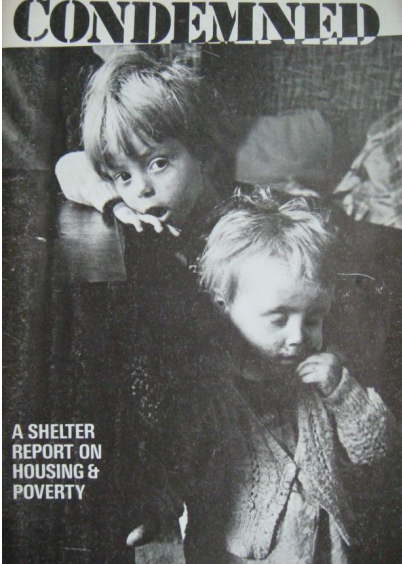
Due to the contextual time period of these images, a sense of nostalgia is provoked through the critical use of lettering and composition. By displaying the photograph alongside related images and Shelter publications, it is possible to expand its narrative. A richer understanding of the final print is made possible. It is also interesting to see how the charity used Hedges’ photographs in their publications, and how they framed them with case studies which included interviews with subjects. A comparison between the contact print and the final print raises questions about the nature of photographic truth, and how the photographer’s intentions shaped his representation of the homeless. The significance of the formal qualities of the final print as it appears in the Shelter report (it is much grainier than the contact print, and has a heightened contrast) is also relevant to a discussion of the photograph’s semiotic effect creating meaning from the contextualization of the images. By including excerpts from interviews in interpretation panels, details about subjects are made accessible, despite remaining anonymous (Shelter used pseudonyms in their campaigns). The biographical information about the subjects of the Shelter photographs, published in reports and displayed in exhibitions, is fundamental to the kinds of narrative generated by Hedges’ photographs.
Pg 3: Your responses
Conclusion
Bibliography
Paragraph 1 Structure (500 words) : Use subheading. This paragraph covers the first thing you said in your introduction that you would address. The first sentence introduces the main idea of the paragraph. Other sentences develop the subject of the paragraph.
Content: you could look at the following…exemplify your hypothesis within a historical and theoretical context. Write about how your area of study and own work is linked to a specific art movement/ ism. Research and read key text and articles from critics, historians and artists associated with the movement/ism. Use quotes from sources to make a point, back it up with evidence or an example (a photograph), explain how the image supports the point made or how your interpretation of the work may disapprove. How does the photograph compare or contrast with others made by the same photographer, or to other images made in the same period or of the same genre by other artists. How does the photograph relate to visual representation in general, and in particularly to the history and theory of photography, arts and culture.





